British finches: A simple guide
From the rose-pink-breasted bullfinch to the crimson-faced goldfinch and the brown-striped twite, Britain’s finches are characterful birds of a feather, says David Tomlinson.
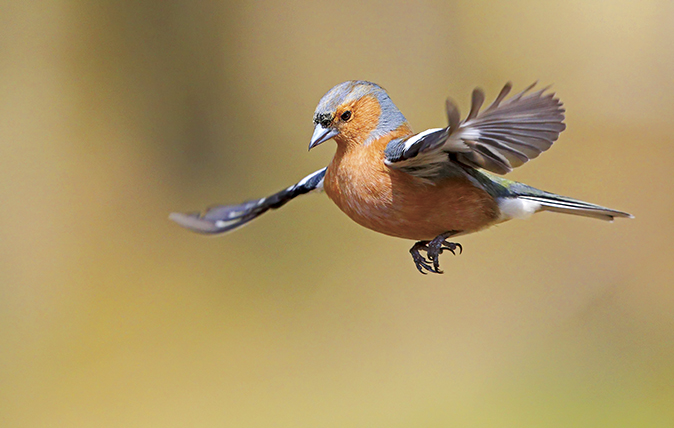

If there was a prize for the world’s most successful bird, then the humble chaffinch would be a prime contender. Not only is it one of the most common and widespread birds in Britain, found from Scilly to Shetland, it’s also present in every other European country except Iceland. There are no native finches in Australasia, but chaffinches were introduced to New Zealand from 1862–80. Today, the bird is abundant throughout the mainland and offshore islands, occurring from sea level to subalpine scrub, and has become New Zealand’s most numerous introduced bird.
The chaffinch is a classic member of the Fringillidae, a family that includes rather more than 140 species, found in Europe, Africa, Asia and both North and South America. No fewer than 22 of these have been recorded in Britain, including one vagrant from America (evening grosbeak) and two from Europe (citril and trumpeter finches). Of the remainder, 11 regularly breed here and another, the brambling, is chiefly a winter visitor.
Goldfinch
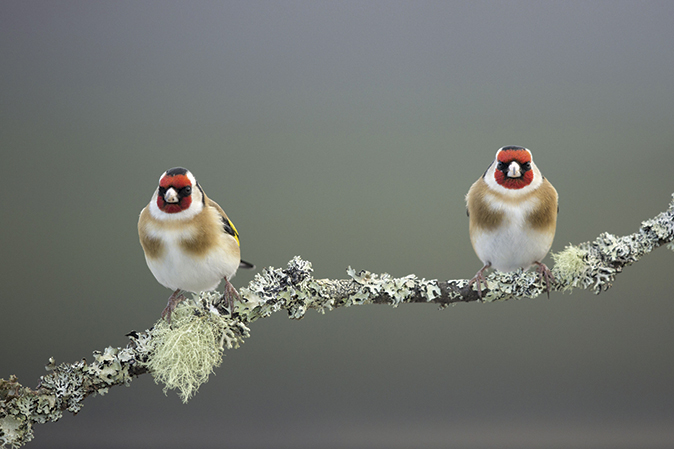
This delightful crimson-faced finch has a curious mythological status and is depicted in more than 400 Classical paintings from the Middle Ages and the Renaissance, including works by Leonardo da Vinci, Tiepolo, Zurbarán and Raphael. It symbolised the Resurrection, the red on its head reputedly gained by trying to pull thorns from the brow of Christ. No artist has painted goldfinches better than Hieronymus Bosch in his celebrated work The Garden of Earthly Delights, now in the Museo del Prado, Madrid.
Its sharp-pointed beak is ideal for extracting thistledown, a favourite food, and one that gave it its Anglo-Saxon name of thisteltuige or thistle tweaker. Goldfinches have enjoyed a substantial increase in their UK population in recent years, possibly due to the proliferation of bird feeders in gardens.
Greenfinch
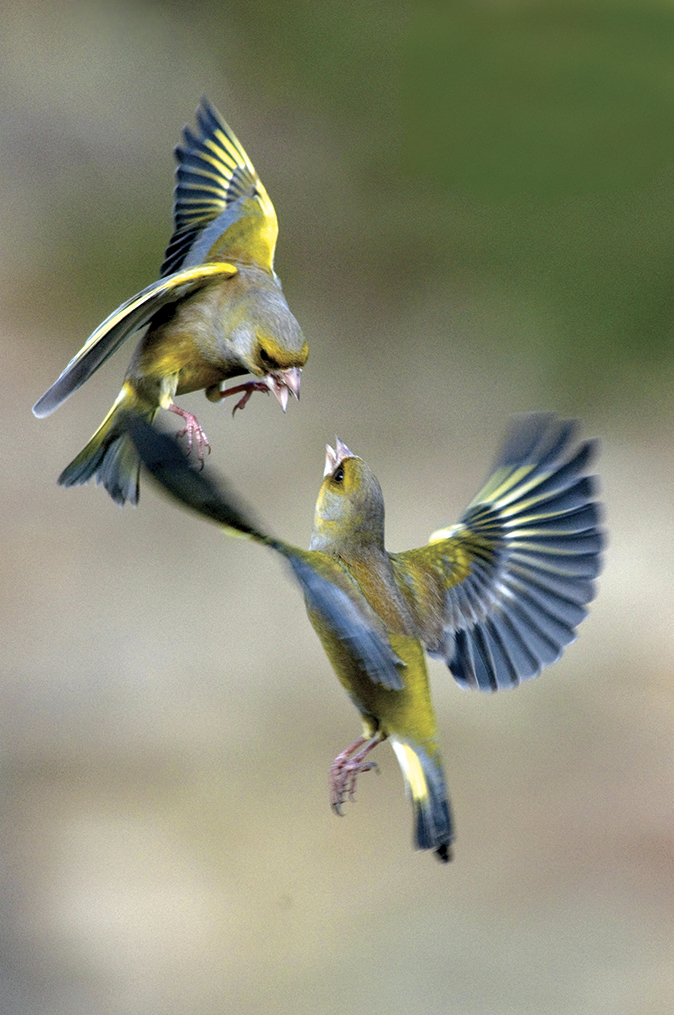
When Lord Tennyson wrote: ‘Started a green linnet/Out of the croft;/Wake, little ladies,/The sun is aloft!’ he wasn’t waxing lyrical about linnets at all, for a green linnet was what we call a greenfinch today. Most of the old country names for this finch allude to its colour and its Latin name, Chloris chloris, comes from the Greek khloros, meaning green.
Once one of our most common garden birds, its numbers have been affected by the contagious disease trichomonosis, which was first recorded in this species in 2005, leading to local extinctions. Despite this, the greenfinch remains one of our most widespread birds.
Chaffinch

In his poem Home-thoughts, from Abroad, Robert Browning wrote: ‘While the chaffinch sings on the orchard bough/In England—now!’ Browning clearly liked his birds, as the same poem goes on to mention whitethroats, swallows and thrushes, but it’s the mental image of the pink-chested chaffinch, singing from an apple branch heavy with blossom, that he captures so beautifully.
Exquisite houses, the beauty of Nature, and how to get the most from your life, straight to your inbox.
Chaffinches were commonly kept cage birds in Victorian England, with individual birds prized for their singing and even entered into competitions. Two birds would sing against each other and the winner would be the one that uttered the greatest number of perfect notes in 15 minutes.
Today, the chaffinch remains one of our most widespread birds, found almost everywhere except a few of our northern isles.
Siskin
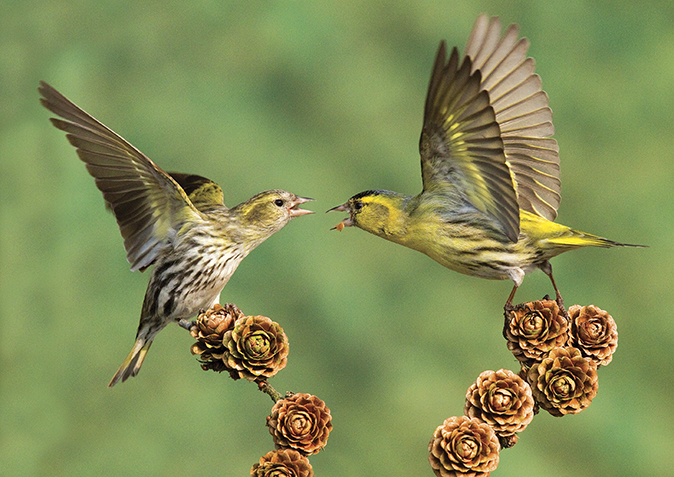
A bird of the spruce forests of Northern Europe, it’s only in the past 40 years that this delightful finch has become a familiar garden visitor. Alder and birch trees provide the favoured food for the wintering flocks, however, when natural food becomes scarce, they’re drawn to garden feeders to feast on peanuts and sunflower hearts. The flocks rarely visit gardens before Christmas and, in years with a natural bounty of food, appearances remain rare.
Siskin numbers have been increasing in the British Isles for a long time and, according to the most recent BTO atlas, in winter, it can be found in 83% of all 10km (about six-mile) squares, when British and Irish breeding birds are joined by their Continental cousins.
Brambling
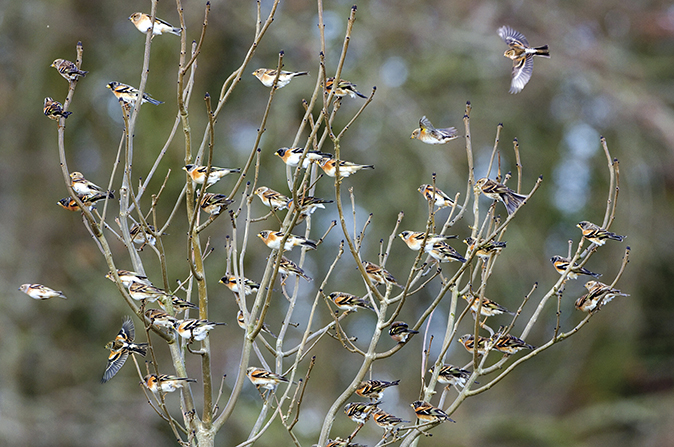
The size and the shape of a chaffinch, a bird with which it frequently flocks, the brambling can be told in all plumages by its distinctive white rump. The brambling visits us from its nesting grounds in the forests of Scandinavia and only occasionally breeds in Britain. Beechmast is a favourite food, although flocks are also drawn to strips of wild-bird or game cover on shooting estates.
Wintering numbers vary from year to year according to the size of the autumn influx and we never see the huge flocks that sometimes occur on the Continent. In Europe, spectacular congregations of up to 10 million birds have been recorded; indeed, such flocks have been known to force the closure of sections of the German autobahn network.
Bullfinch
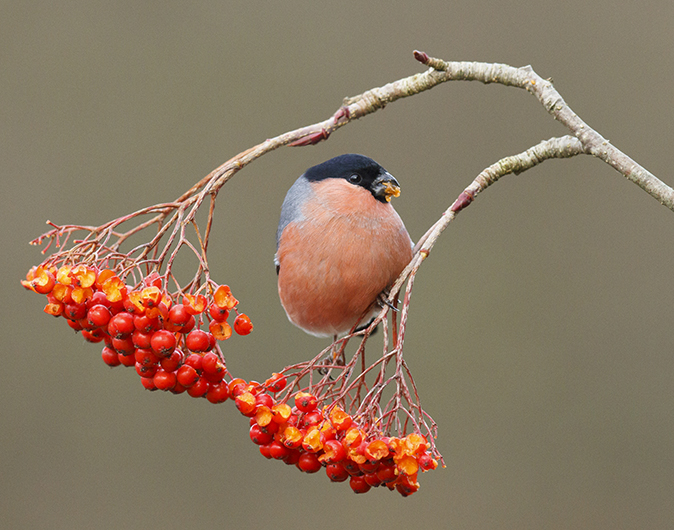
Thanks to its dandyish plumage, the cock bullfinch has long been prized as a cagebird. It was also once valued for its ability to sing – just like a canary, a young bullfinch can learn almost any simple song. Teaching them to sing was pioneered in Germany, the bird-catchers – immortalised in the character of Papageno in Mozart’s opera The Magic Flute – finding them so easy to capture using decoys that they gave the bullfinch the name Gimpel, meaning simpleton.
Special trainers taught the young bullfinches in groups of 20–30 birds and keeping singing bullfinches became popular here, too – in Hardy’s novel, Tess was required to whistle to Mrs d’Uberville’s finches every day.
The bullfinch was once regarded as a major pest in orchards, with thousands trapped annually. Today, it remains widespread in Britain, albeit with many local declines.
Linnet
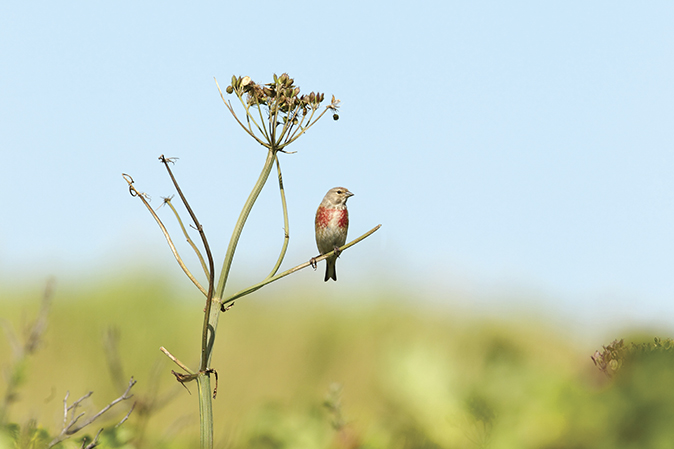
Such was the popularity of the linnet as a cage bird in the 18th and 19th centuries that trapping sharply reduced the British population. This was noticeable around towns where the activities of the commercial bird-catchers led to local extinctions. In addition, large numbers of migrant linnets from Britain were caught in Belgium, France and Spain.
William Blake wrote about the bird’s plight in his song How sweet I roam’d from field to field: ‘With sweet May dews my wings were wet,/And Phoebus fir’d my vocal rage;/He caught me in his silken net,/And shut me in his golden cage./He loves to sit and hear me sing,/Then, laughing, sports and plays with me;/Then stretches out my golden wing,/And mocks my loss of liberty.’
Today, the linnet is under pressure again, its population falling in England and Wales due to agricultural intensification.
Hawfinch
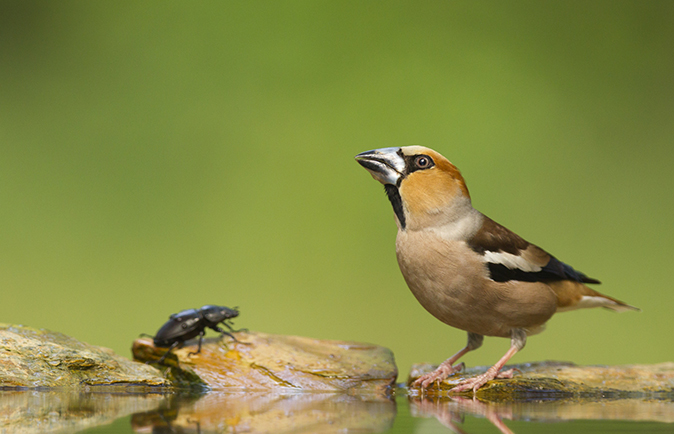
The heavyweight bruiser of the finch world, the hawfinch’s beak is capable of crushing cherry stones, exerting pressure equivalent to 150lb per square inch. Its Latin name, Cocothraustes cocothraustes, comes from the Greek and means nutcracker.
It’s always been something of a mystery bird in Britain and was only recorded nesting here for the first time, in Epping Forest, in the early 19th century. However, it had been known here long before that. Sir Thomas Browne, the Norwich physician and philosopher (1605–82), wrote: ‘It is finely coloured and shaped like a bunting. It is chiefly seen in summer, about cherrietime.’
The British hawfinch is a shy and elusive forest bird, yet on the Continent – where it’s much more numerous—it is often to be seen in gardens and town parks. Last autumn, there was an exceptional invasion of Continental hawfinches into southern England, numbering many hundreds, possibly thousands, of birds. It remains to be seen whether any will stay to nest.
Twite
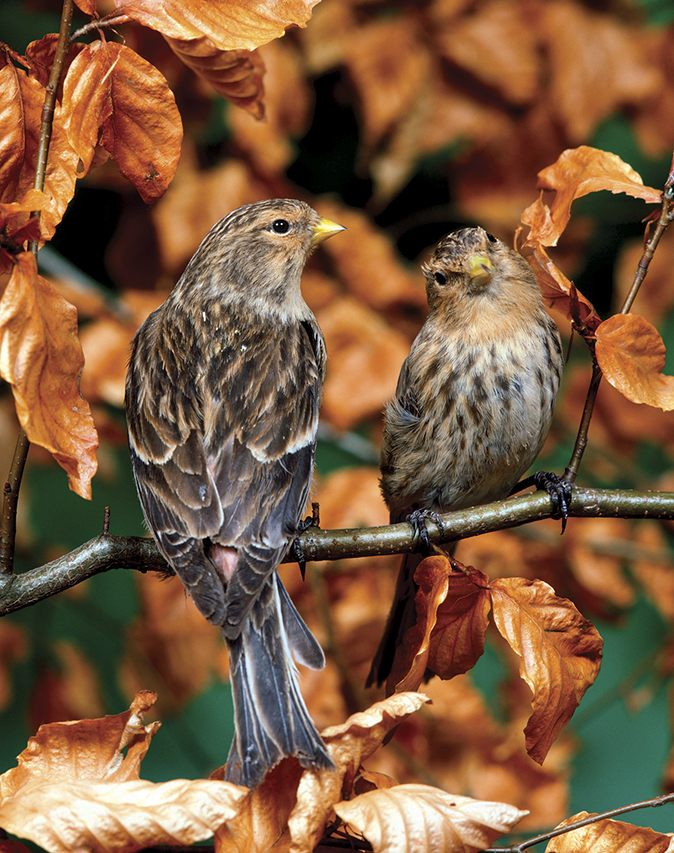
Compared to its more colourful cousins, the brown-streaked twite (or, in Yorkshire, the ling linnet) is among the most easily overlooked of finches. It’s a bird of the heather moors, with English birds moving in twittering flocks to coastal saltmarshes in the winter. In size and shape, it’s very similar to a linnet, although it has a longer, more cleft tail.
The bird requires an abundance of seed, making it highly vulnerable to agricultural changes. The most southerly breeding population in England, on the Pennines, has declined due to former hay meadows being converted to silage or pasture. The highest populations can be found in our northern isles: Orkney, Shetland and the Hebrides.
Crossbill and Scottish Crossbill
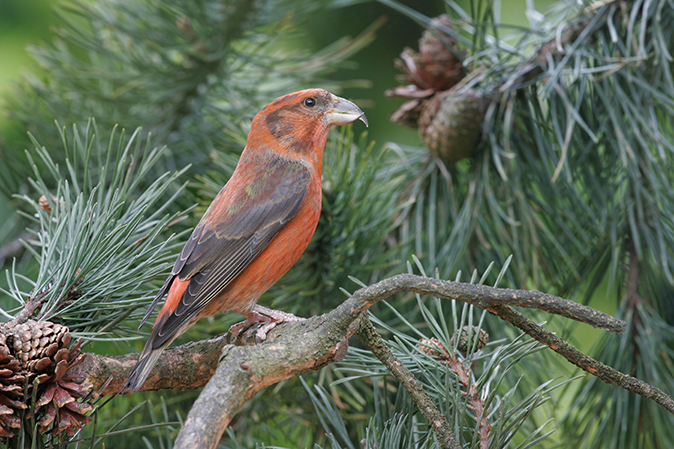
Just as the goldfinch gained its red face from pulling thorns from Christ’s head, the crossbill is said to have acquired its distinctive crossed beak by trying to pull nails from Christ’s hands and feet. A German poem, The Legend of the Crossbill (translated into English by Henry Wadsworth Longfellow), tells the story of how the bird managed the feat: ‘Stained with blood and never tiring,/With its beak it doth not cease.’
A male crossbill is the only small European bird that’s brick red in colour, although the female is grey-green. Crossbill taxonomy is confusing. The Scottish crossbill is generally recognised as a full species, differing from the common crossbill by its bigger, deeper beak. All are highly mobile birds, their movements dictated by the availability of conifer seeds.
Redpoll
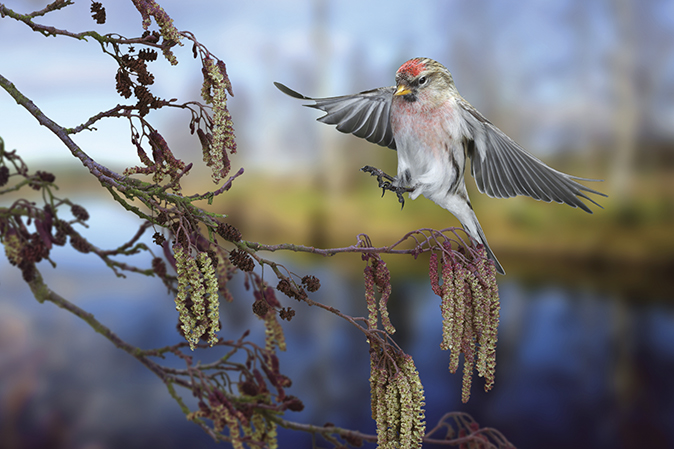
Small, streaky brown and easily overlooked, the redpolls are a mystifying group. Our resident bird is the lesser redpoll, Carduelis cabaret, yet it was only given full species status as recently as 2001. Until then, it had been regarded as a subspecies of the common or mealy redpoll, C. flammea, a bird of northern Scandinavia that’s gene-rally bigger and brighter and an occasional visitor to the British Isles. The large, pale Arctic redpoll is also recorded regularly, but rarely, each winter.
The redpoll feeds in the tops of alders and birches, where the birds form compact, fidgety flocks, often feeding upside down. Only in recent years has it started coming to bird feeders – look for the cock’s red forehead that gives him his name.
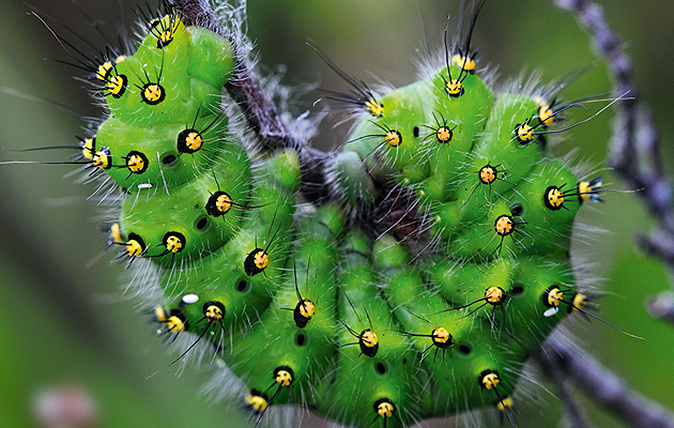
Common caterpillars: A simple guide
Are you able to tell your woolly bears from your elephant trunks?
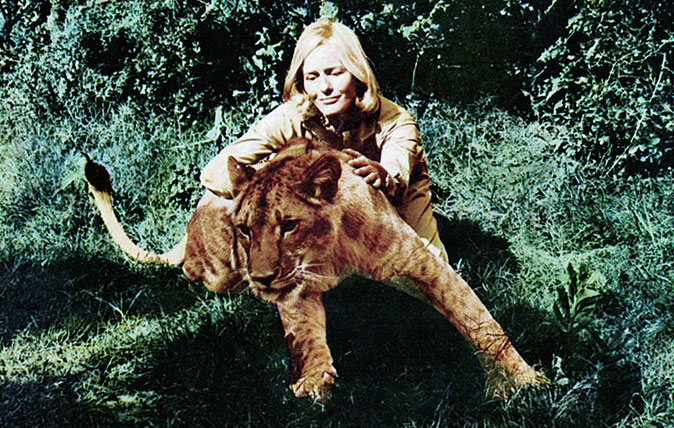
15 fascinating things about animal actors, from dogs and cockroaches to the penguin who was fired out of a cannon
Animal ‘actors’ are often remembered long after their human co-stars. Flora Watkins meets people who’ve worked with ravens, stags, dogs,
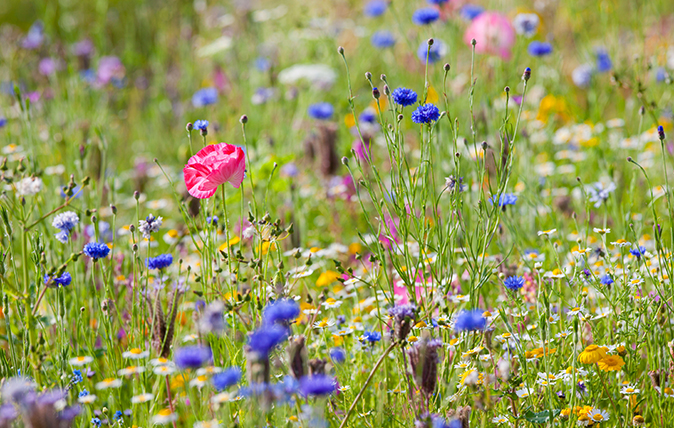
A simple guide to the wildflowers of Britain
At long last Spring seems to be here — and with it, the natural flora that give so much pleasure.
Country Life is unlike any other magazine: the only glossy weekly on the newsstand and the only magazine that has been guest-edited by His Majesty The King not once, but twice. It is a celebration of modern rural life and all its diverse joys and pleasures — that was first published in Queen Victoria's Diamond Jubilee year. Our eclectic mixture of witty and informative content — from the most up-to-date property news and commentary and a coveted glimpse inside some of the UK's best houses and gardens, to gardening, the arts and interior design, written by experts in their field — still cannot be found in print or online, anywhere else.
